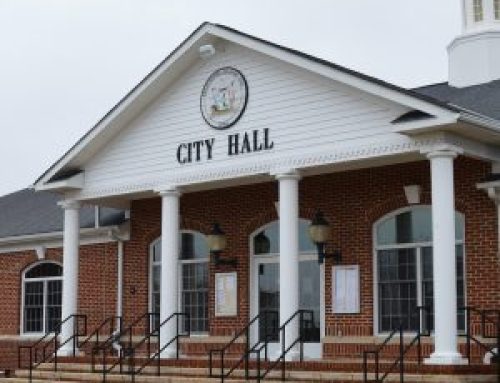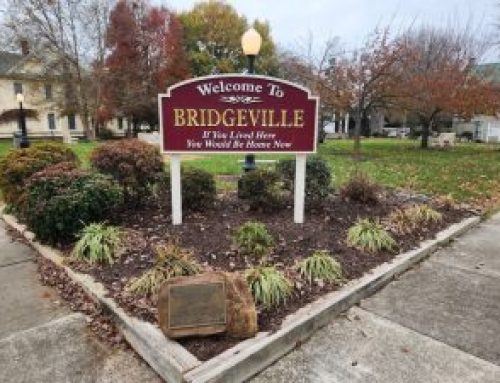The Seaford City Council Tuesday night approved new requirements for construction in high-density neighborhoods.
The changes will allow for more green space in the developments and create room for playgrounds, fields and trails — room that is lacking in current developments.
The city council OK’d the new requirement following the second reading of a new ordinance regarding building in areas that are zoned R-3. The first reading of the ordinance was held at the council’s last meeting, Sept. 27.
The new requirements will be advertised, and will go into effect 30 days later. Developments that are already built or that are in the planning process with the city will not be affected.
At the Sept. 27 meeting, city manager Charles Anderson told the councilmen that the city’s requirements for R-3 zoning hadn’t been modernized since the 1980s. “What we’re finding with these developments is that, because they are required to have so much on site, that all the available space is covered and there is no space left,” he said.
Specifically, Anderson said, demands by DelDOT and for stormwater management systems have expanded over the past four decades. And they absorb a lot of land. “A lot of these complexes have no green space,” Anderson said.
Under the new ordinance, a high-density development will require four acres. Currently, only one acre is required.
Only 10 dwellings will be allowed per acre, as opposed to the current 14. And only 12 units will be permitted to be in each building, as opposed to the current 18.
The building area will not be allowed to cover more than 20 percent of the site, and any paved areas will not cover more than 15 percent of the site. Buildings will have to be 50 feet away from the street and from all property boundaries (current required setbacks vary from 20 to 25 feet) and will have to be 25 feet from each other.
In addition, all building walls will have to be covered with masonry (excluding concrete block), natural stone, brick, stucco, glass, or architectural metal panels.
As far as site amenities, new developments will have to include a community center, at least 1,200 square feet in size, a fenced play area and park area, at least three acres in size, and walking trails. There will also have to be a community-wide camera system covering all common and parking areas, and the entire site will have to be fenced.
“There is definitely a place for projects like this in a tight urban setting,” Anderson told the council in September. “If done right, they can provide affordable housing. We want to have a range of housing types, and we want high-density communities to fit in harmoniously with the housing around them.”
Seaford pursuing purchase of body cams for police officers
The city of Seaford is pursuing the purchase of body cameras for officers in its police department. The city council Tuesday night directed police Chief Marshall Craft to “enter into the due diligence phase” of searching out funding to pay for the cameras.
The purchase would also include cameras for the city’s police cars, and for the interview room in the police station.
The council’s unanimous vote followed presentations by Craft and by a representative of Watch Guard, a division of Motorola Solutions that manufactures the cameras. Craft told the councilmen that body cameras fit in with current policing guidelines, as laid out in 2015 by the President’s Task Force on 21st Century Policing.
“21st century policing is based on trust and transparency,” Craft said. “This will be another way for us to show the community that we are definitely willing to be transparent.”
The city has received two quotes from Watch Guard for the purchase of 17 body cameras, nine in-car cameras and the interview room camera. One purchase plan, which would cost $166,385, would not include any storage of data gathered by the cameras. The city would pay for that storage as needed, at the rate of $360 per terabyte per year.
The second quote, for $210,355, includes unlimited data storage.
All data would be stored digitally on the cloud.
Under both purchases, the city would pay Watch Guard in five annual installments.
Craft recommended that the city consider the cheaper purchase. He estimated that the city would need about 10 terabytes of storage capacity per year, which would cost $3,600. Not until the city stored 25 terabytes of data would the cost equal that of the unlimited data plan.
If the city finds that it needs to, it can upgrade to the unlimited storage plan, he added.





